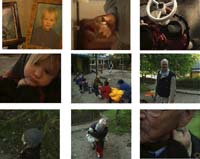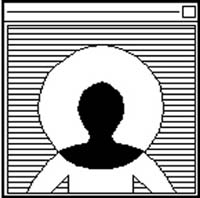| / home / info / publications / teaching / projects / |
||
| |
||
| Background Currently I lecture in:
In the past I have taught in: Human-computer interaction, Programming, Computer graphics, User-centred design and Industrial design:
Proffesional computer training:
Some toughts about teaching Interaction Design One of the most important challenges in the field of interactions design is how we could build a new curriculum that could provide a solid learning and research foundation. >> Here are some of my thoughts about teaching interactions design >> |
Current Teaching Here at MIT / EECS I am a recitation instructor in 6001. >> Here are my class notes from Fall-02 >> Past Lecture Notes Observation
& Invention is a creative tool that highlights
the >> Observation & Invention class notes >> The Apple Interface Design Project, that the advanced technology group at Apple organized, become a great opportunity to establish a true interdisciplinary course in user-centered design. The goal was to challenge students to work together as part of a team responsible for building prototype solutions to real world design problems. This course is now part of the master program at KTH. >> The current course home page (in swedish) >> >> Slides from introduction lecture >> Digital Formgiving is a interactions design course at the master program in industrial design at Konstfack. The challenge of this course was to combine the experiences from the physical/ perceptual world with the possibilities of the virtual world in a design gestalt that integrates form within a spatial context. The first step in the course was a perceptual workshop that focused on stimulating all the senses through form, material, color and texture. This step was followed by a second workshop in design methods that captured early observation of real uses, supplying the basis for sketching senarios for the future use of interactive technologies. In the third part of this course, the students used experiences from the first two workshops to build a prototype that linked the interactive artifact with perceptual experience and semiotic messages. Each of these steps took the students through essential learning of what it means to do interaction design. >> Physical Computing class notes >> >> Perceptual workshop class notes >>
|
|
/
email: konrad@ai.mit.edu / phone:
(617) 452-5035 /
/ smail: 200 technology square, ne43-V606, cambridge, ma 02139, usa /
/ visit: 400 technology square, floor 6, room V606 /

